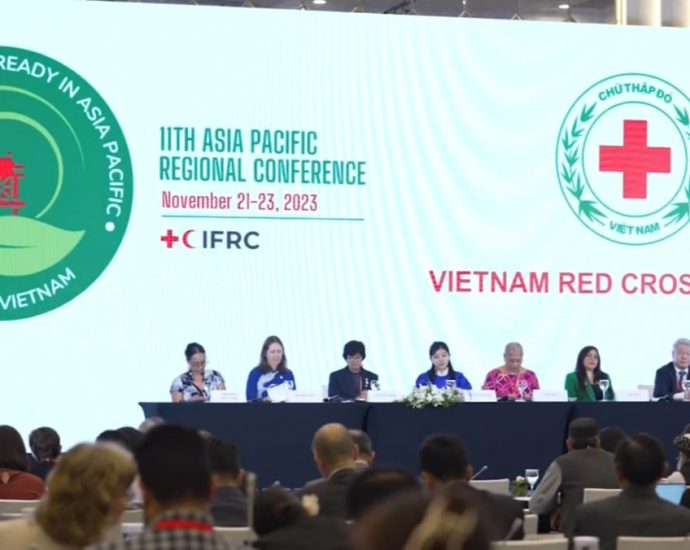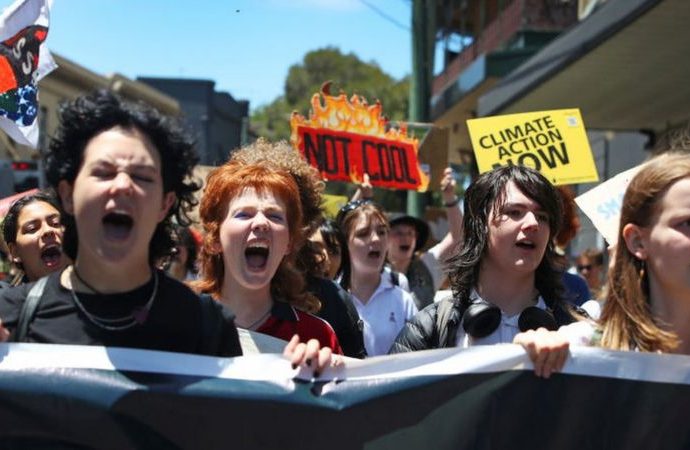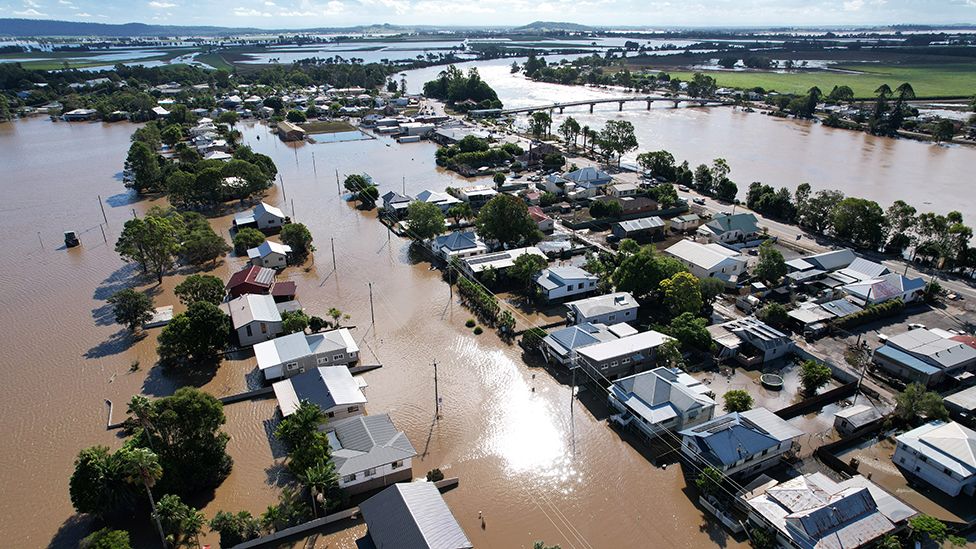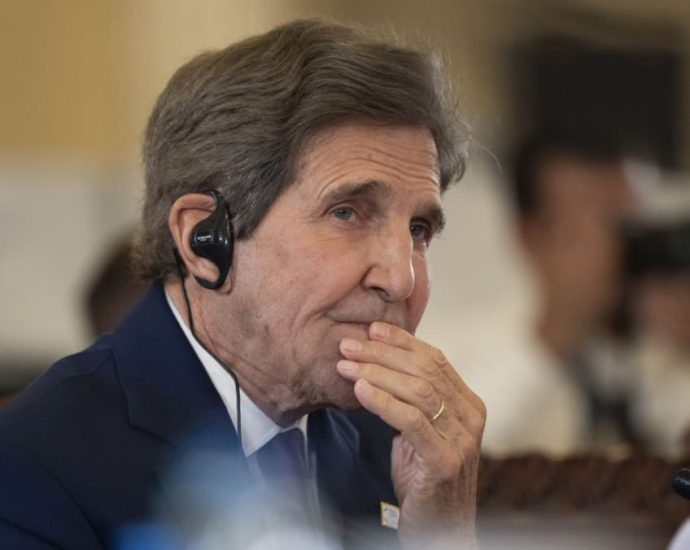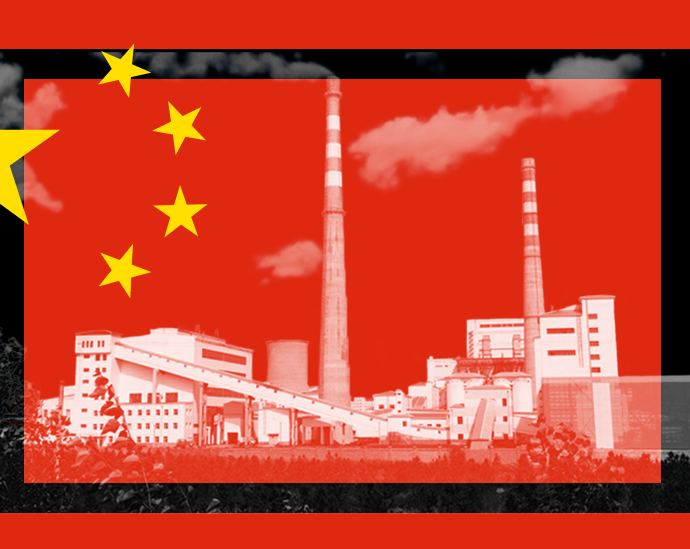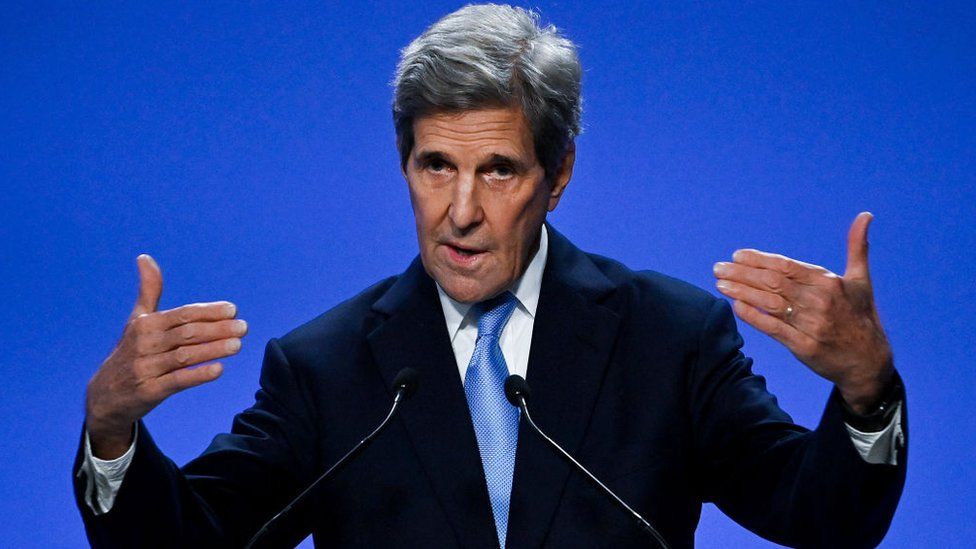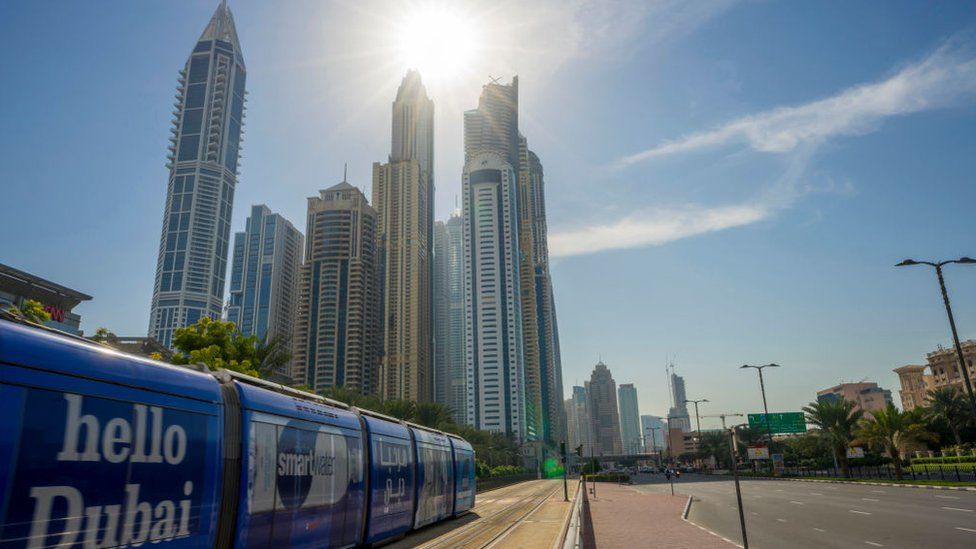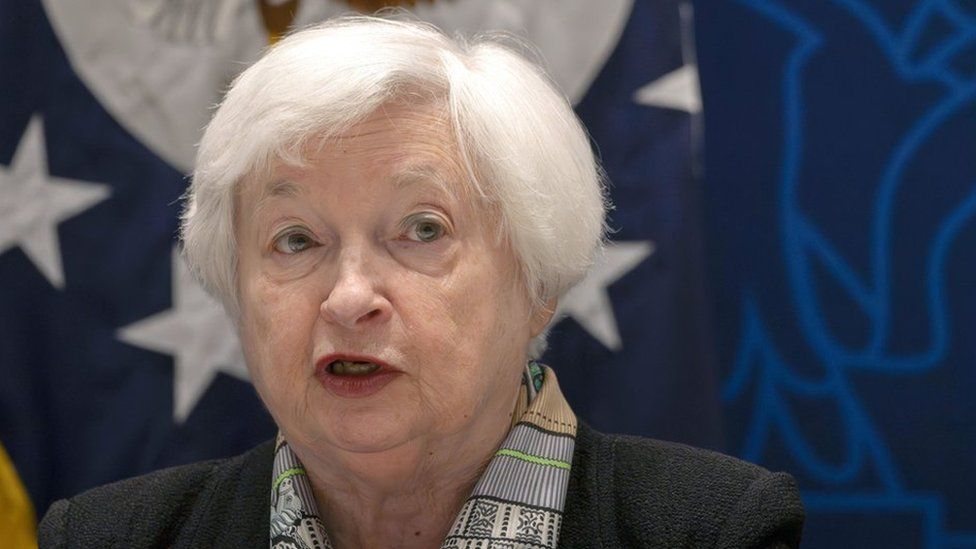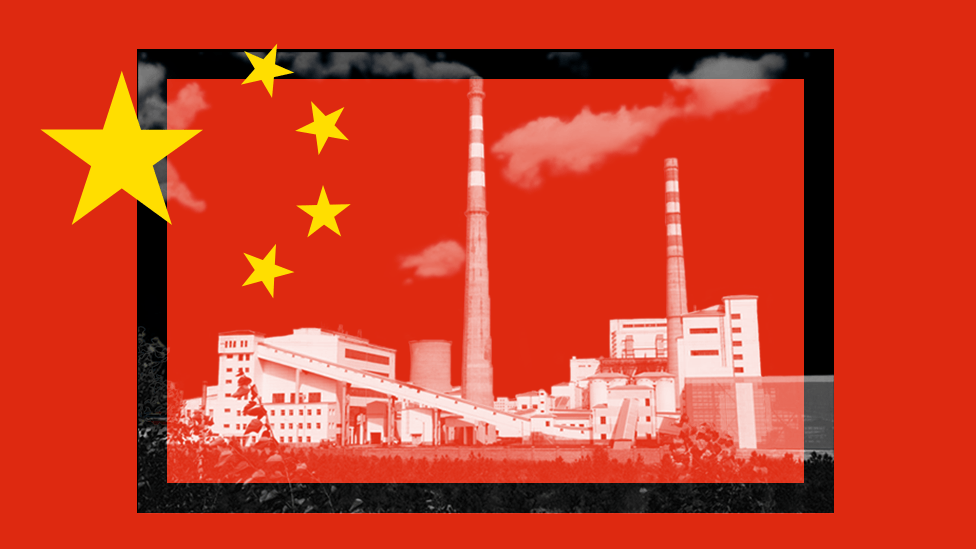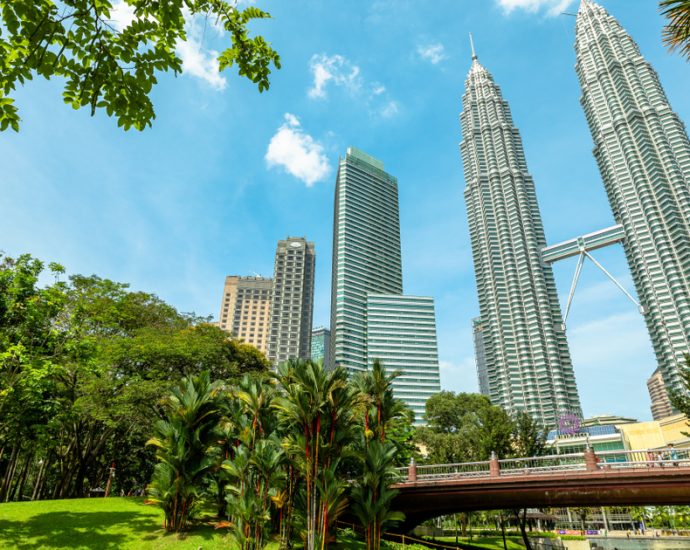Achieving climate equity for the Commonwealth
The Commonwealth of Nations has demonstrated a long-standing dedication to tackling climate change and assisting member countries in mitigating its adverse effects.
The unified political determination to safeguard the planet for succeeding generations has been precise and robust, dating back to the Langkawi Declaration on the Environment in 1989. During this pivotal moment, Commonwealth leaders pledged to take concerted action, both independently and collectively, through a program focused on environmental initiatives and addressing the challenges of climate change.
Climate action plays a vital role in the resilience and prosperity of small island developing states (SIDS), particularly within the Commonwealth. SIDS, despite their diversity, face significant vulnerability to the impacts of climate change, posing existential threats to their economies and ecosystems.
The Commonwealth actively supports SIDS in advocating for increased climate action, recognizing the unique challenges they confront in the face of climate change. The commitment of the Commonwealth heads of government to various goals, including climate action, underscores the interconnectedness of health, education, gender equality, and climate resilience for SIDS.
Access to electricity is essential for economic progress and poverty reduction. However, many less developed nations in the Commonwealth face limited power availability, which hampers such social services as health and education. Additionally, it is crucial to decarbonize the energy sector and ensure climate equity to promote sustainable development objectives.
Energy access disparities are prominent in the Global South, where both power access and the proportion of renewable energy lag behind the global average. African Commonwealth nations, in particular, require significant electricity availability development despite being leading renewable energy producers.
Bridging these disparities is essential to fulfill the objectives of Sustainable Development Goal 7 (SDG 7), which aims to achieve universal access to affordable and reliable energy services.
The Commonwealth Sustainable Energy Transition (CSET) Agenda is a collaborative platform for concerted efforts among member countries to expedite the shift toward low-carbon energy systems and attain SDG 7. This initiative is grounded in three fundamental pillars: inclusive transitions, technology and innovation, and enabling frameworks.
It champions actions led by members to accelerate inclusive and equitable energy transitions, ultimately realizing the objectives of SDG 7. The CSET Agenda has introduced three new member-led action groups focusing on energy literacy, geothermal energy, and a crosscutting youth action group.
Transitioning to a low-carbon economy is vital for achieving decarbonization targets and addressing climate change. However, this transformation poses challenges due to the historical reliance on hydrocarbon energy sources.
Moreover, the shift toward decarbonization may lead to stranded hydrocarbon assets, affecting not only their owners, but suppliers, staff, entire communities and regions. A comprehensive and inclusive policy framework is necessary to guide member nations in aligning their efforts with the UN Sustainable Development Goals and the COP21 Paris Agreement.
While policy frameworks and climate targets are essential, they must be accompanied by binding rules and regulations. Legislation can enforce energy-efficiency standards, promote the adoption of renewable energy, and phase out carbon-intensive practices. As already done in the UK and Canada, prohibiting internal-combustion engines or coal-fired electricity generation can expedite the energy transition and propel positive climate action.
Climate injustice is a significant concern within the Global South, where poorer nations often contribute more to combating climate change than wealthier countries. Evaluating national emissions capabilities and historical emissions reveals stark disparities, emphasising the need for fair burden-sharing.
Wealthier nations have an opportunity to address climate injustice by supporting renewable energy projects in Commonwealth countries, thereby reducing energy poverty.
To this end, the Commonwealth Climate Finance Access Hub (CCFAH) facilitates unlocking climate finance for small and vulnerable member states. This initiative assists countries in bidding for and gaining increased access to climate finance by supporting the development of grant proposals and project pipelines.
The process also involves building human and institutional capacity, providing technical advisory services, and fostering cross-Commonwealth cooperation. Commonwealth national climate finance advisers, deployed and embedded in relevant government ministry departments, play a key role in facilitating sharing of experiences and expertise among member states.
| Africa | Caribbean | Pacific |
| Mauritius | Antigua & Barbuda | Fiji |
| Eswatini | Belize | Solomon Islands |
| Namibia | Grenada* | Tonga |
| Seychelles* | St Lucia | Vanuatu |
| Zambia | Barbados, Jamaica & Guyana* | |
| Regional Technical Assistance – Commonwealth Regional Climate Finance Adviser, Indo Pacific | Incoming – Regional Technical Assistance | Regional Technical Assistance – Commonwealth Regional Climate Finance Adviser, Africa |
| * Countries that have previously been supported by a Commonwealth national climate finance adviser. | ||
Examining how energy is generated, delivered, and utilized is essential to achieving decarbonization goals and fostering socioeconomic growth. Accelerating the energy transition requires strong political will, technological advancements, and cost reductions. Finally, ensuring inclusive processes during this transition is crucial for achieving sustainable and people-centered social development.


